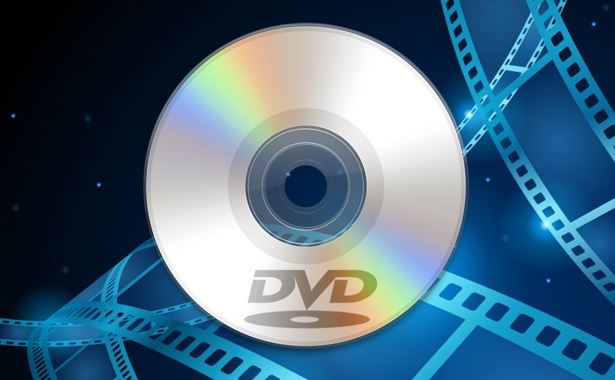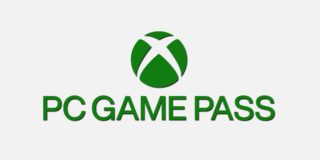Three Ways to Play DVDs In Windows 8

In order to streamline its operating system and reduce licensing costs, Microsoft decided to omit native DVD video playback support from Windows 8. With fewer and fewer computers and devices shipping with built-in optical drives, the company assumed that users who really wanted to play DVDs in Windows 8 could do so via an add-on or third party software. Here’s how to prove Microsoft right and start playing your favorite movies on Redmond’s latest OS.
There are several options to restore DVD playback capability to Windows 8: the Windows 8 Media Center Pack, commercial DVD playback software, or free open source software.
Windows 8 Media Center Pack
Along with omitting DVD playback, Microsoft also divorced the Windows Media Center interface and capabilities from all default versions of Windows 8. To get Windows Media Center (and, by extension, DVD playback support), you’ll need Windows 8 Pro. If you only have the standard version of Windows 8, you can upgrade to the Pro version directly within Windows.

First, go to Control Panel > System and Security > Add Features to Windows 8. If you already have a Windows 8 Pro product key, you can enter it here. Otherwise, select “I want to buy a product key online” and complete the purchase process to obtain a Windows 8 Pro product key.

Once you’ve upgraded to Pro, go back to the “Add Features to Windows 8” screen and choose to purchase the Windows 8 Media Center Pack for $9.99. Once installed, you’ll have access to the Windows Media Center application and interface, and you’ll be able to play video DVDs from within the app.
Commercial DVD Playback Software
Before you choose this option, you may want to make sure that your computer doesn’t already have third party DVD playback software. Many manufacturers that ship computers with optical drives include some form of DVD software, such as Cyberlink PowerDVD or Corel WinDVD. While the version shipped with PCs is usually very basic, it can it least get the job done when it comes to simple DVD playback.

If you don’t already have any DVD software, check out any one of a variety of third party commercial software options, including the aforementioned PowerDVD and WinDVD, as well as Arcsoft Total Media Theater. Prices range from $50 to $100, and most versions of these applications also decode Blu-rays and digital video files.
If you have Windows Media Center installed, these commercial options will also integrate directly in to its interface. If not, they include their own propriety playback interfaces.
This is by far the most expensive way to add DVD playback to Windows 8, but these commercial options are also generally easy to use and offer the most functionality.
Open Source Software
Although occupying a legal gray area, free software exists that can decode commercial DVDs and play back the unencumbered video. The most popular, and arguably best, example of this type of software is VLC. VLC is an all-purpose media playback tool available for nearly every desktop operating system currently in use. It can handle files encoded in Windows Media, Apple Quicktime, DivX, Flash, and more. Of course, it also plays video DVDs, although its interface is not as graceful as its commercial counterparts.

Once you’ve installed VLC, insert your DVD into your computer’s optical drive, launch the app, and select Media > Open Disc. Choose the type of optical disc you are attempting to play, ensure that your optical drive is selected in the “Disc Device” field, and then press “Play” at the bottom of the window to start the disc.

Making the Right Choice
If you already have Windows 8 Pro, spending $10 on Windows Media Center is not a bad option. In addition to DVD playback, you’ll also get the ability to connect a TV tuner for live television and have access to a nice interface for viewing online video sources and organizing your media library.
If you want to go beyond DVDs and play Blu-rays (or if you think you’ll want to in the future), a commercial option may be the best bet. They’re expensive to be sure, but they are currently the only legal way to playback commercial Blu-ray video on a PC.
Finally, if you want a quick and free solution, or if you also want to play a variety of digital media files, VLC is the way to go. Its interface may not be the prettiest, and it may not have all the fancy features, but you can’t beat free.

















One thought on “Three Ways to Play DVDs In Windows 8”